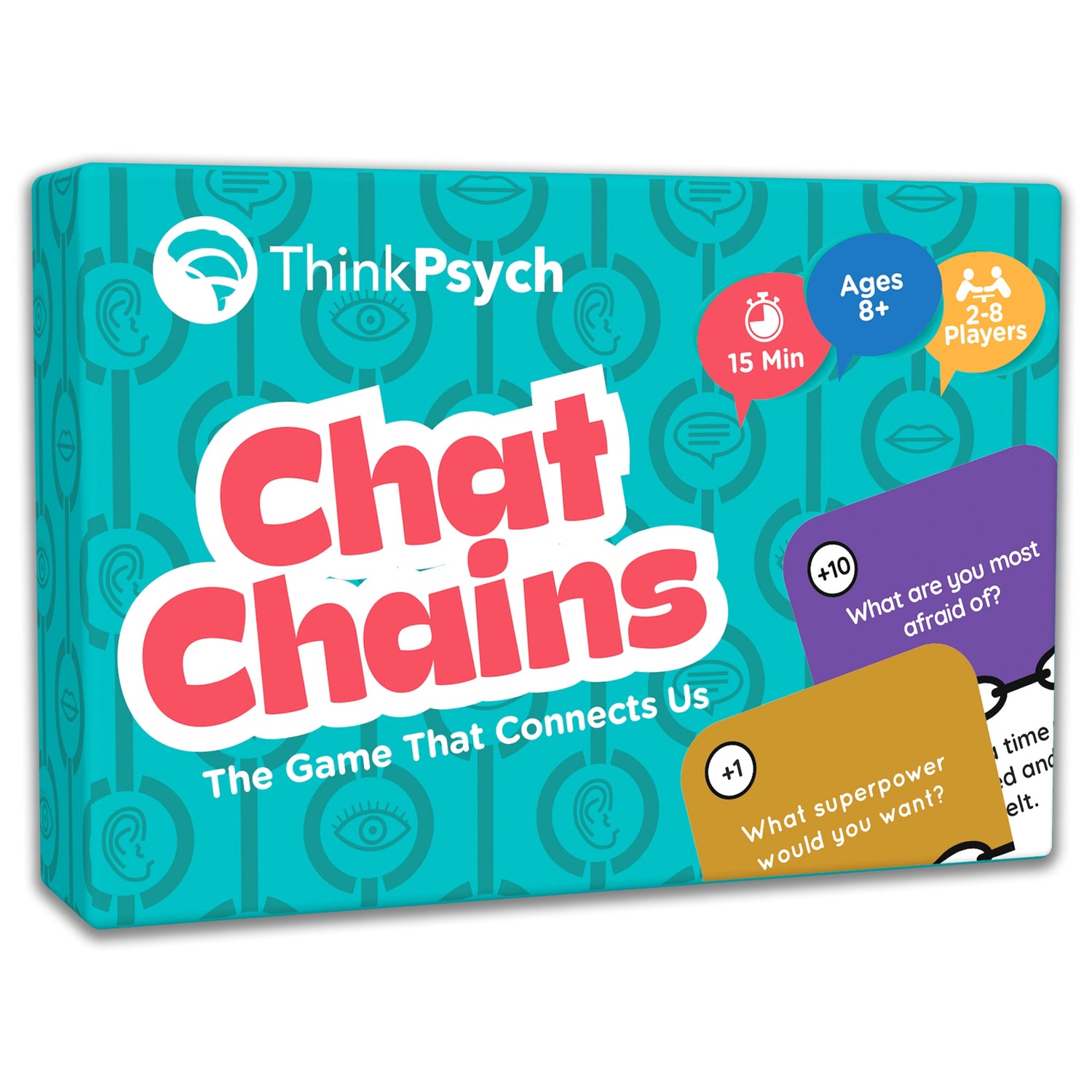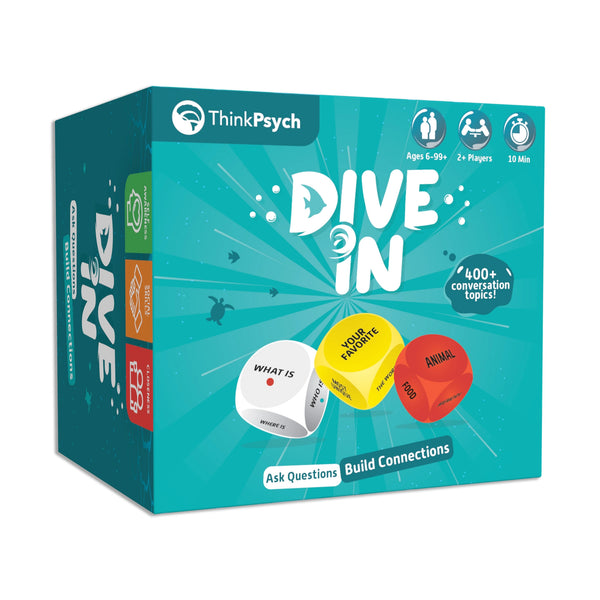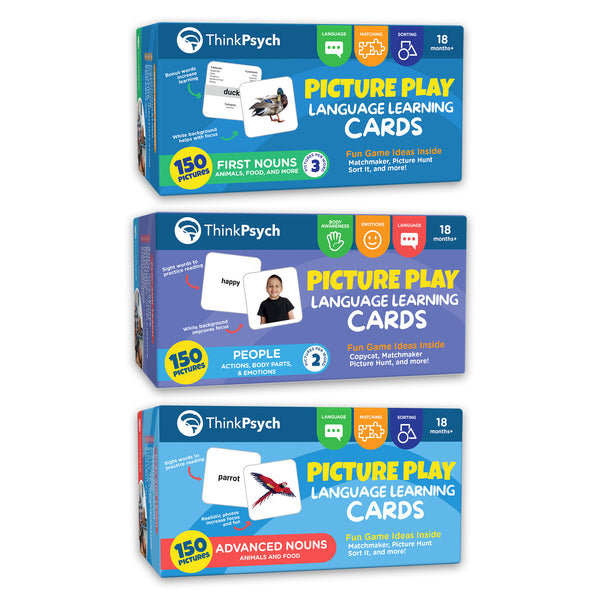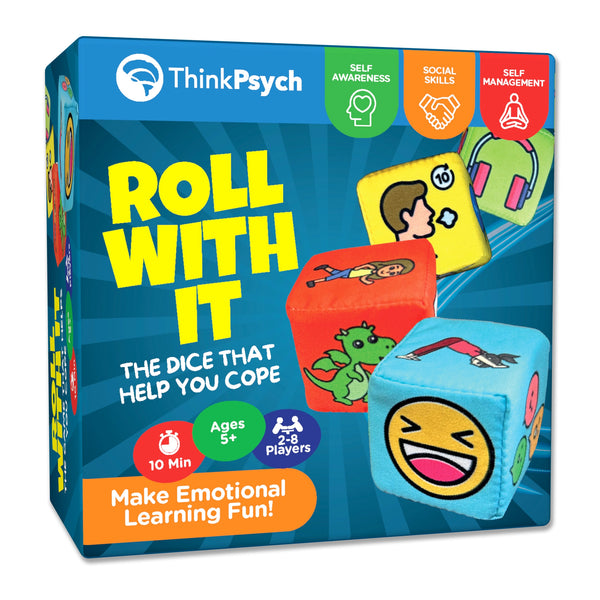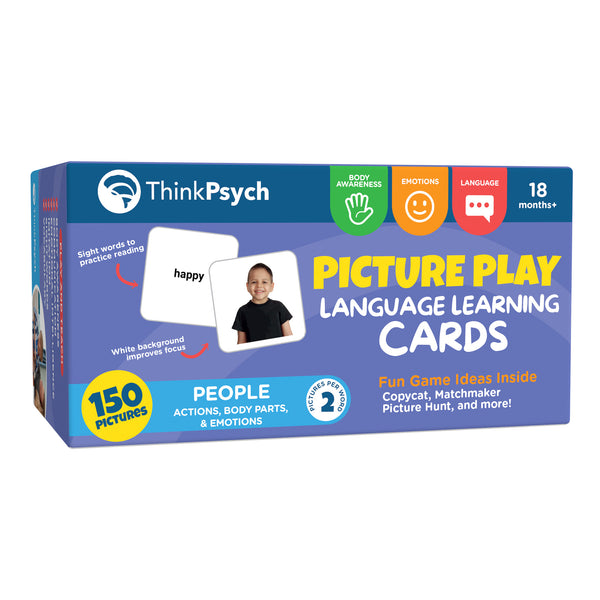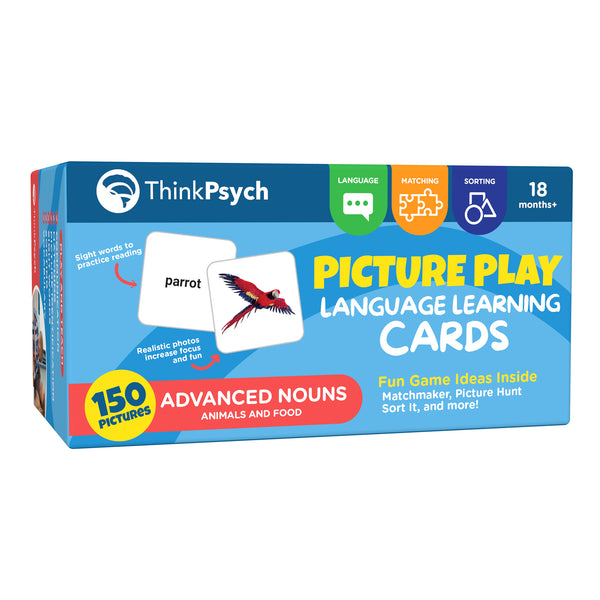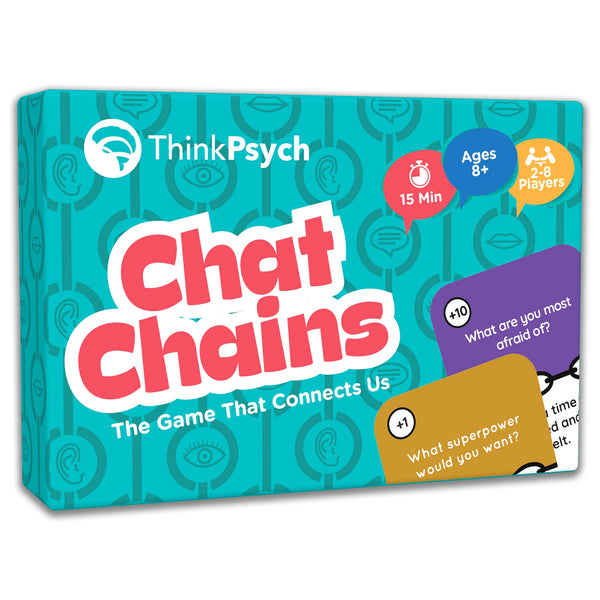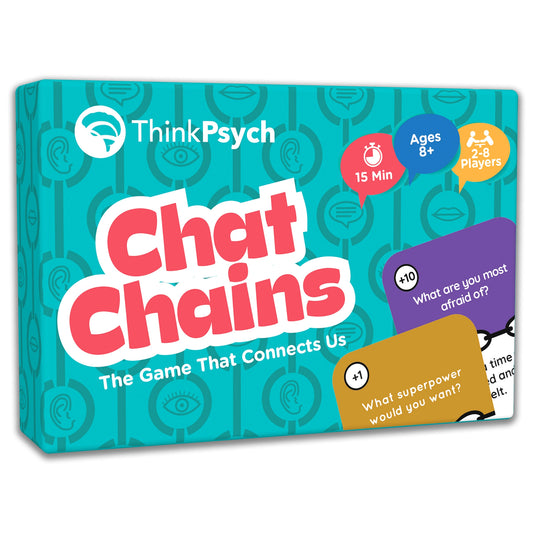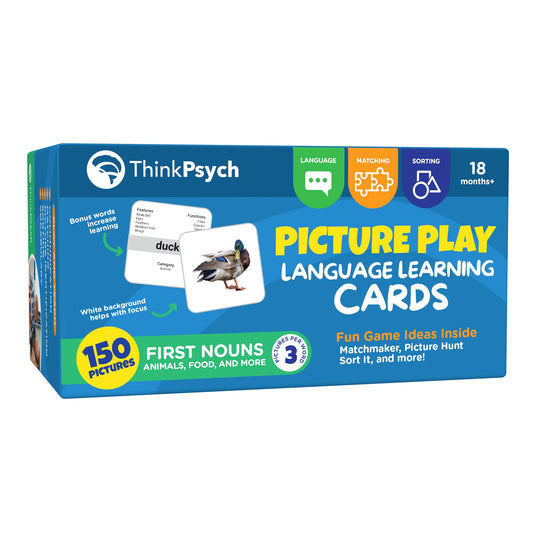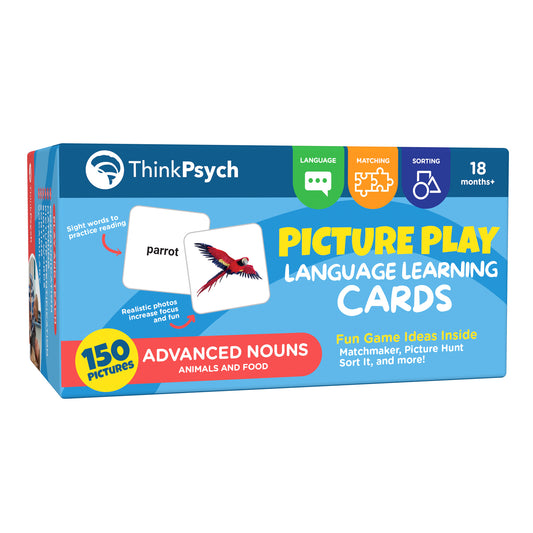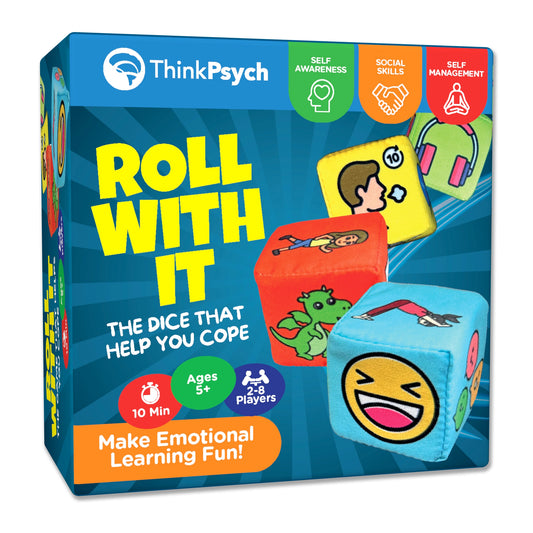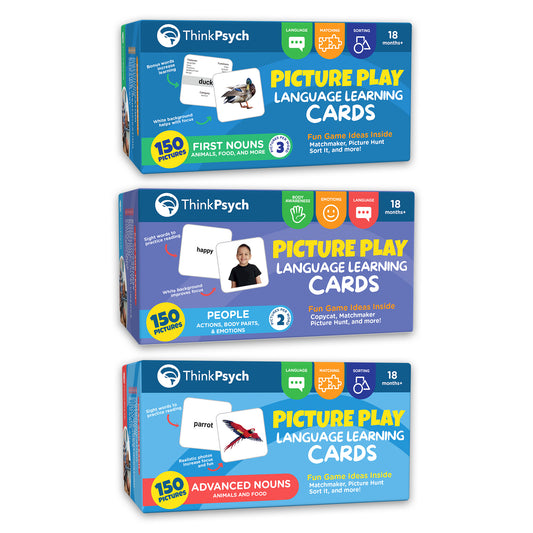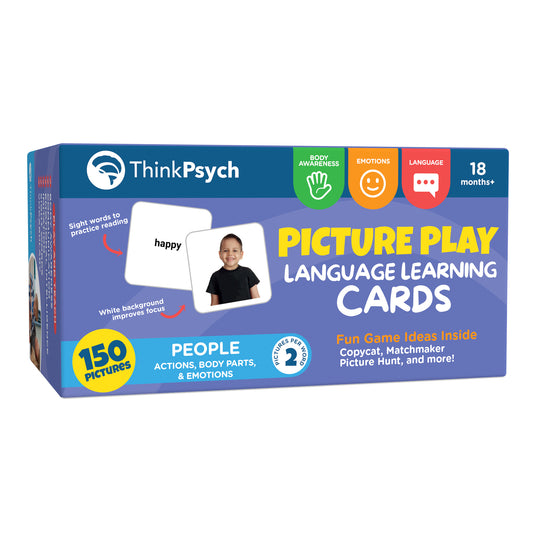
How to Teach Your Kids Delayed Gratification
Share
In today’s world, everything is just a click of a button away. Instantly ordering fast food or playing new video games has never been easier.
Let’s be real: it’s tough for kids to learn self-control in this environment. That’s why now more than ever, it’s essential to develop delayed gratification in your kids. Doing so has long-term benefits for their well-being, social skills and school performance.
Leverage our expert-backed strategies to help your kid check their impulses and enjoy the benefits of waiting and setting goals for the future.
What’s Delayed Gratification?
Delayed gratification is all about resisting a short-term treat in favor of a more promising long-term reward. Kids who learn delayed gratification have a stronger sense of self-control and can identify the difference between their wants and needs.
Learning delayed gratification reduces a wide range of harmful behaviors. Just ask any parents who have experienced their kids melting down in the grocery store over a treat that they “just have to have.” Kids who adopt delayed gratification are able to modulate their wants. They already know they must stick to their parents’ grocery list or save their allowance to buy their own candy.
Research suggests that delayed gratification enables kids to have better self-control, longer attention spans and higher emotional intelligence. There’s even evidence that delayed gratification can lower obesity levels and improve school performance.
Tips for Instilling Delayed Gratification in Your Kids
Fortunately, it’s possible to teach delayed gratification. Try our expert tips below to begin instilling the practice of self-control in your kids.
1. Start Small and Build Up
Developing delayed gratification takes time and patience. Try to hit the pause button on giving your child everything immediately. Start small and build up their abilities together through activities such as:
- Waiting their turn to speak when others are talking
- Playing games that teach sharing and taking turns (i.e. “Simon Says”)
- Taking car rides without any technology
- Cooking or preparing food together
- Saving up allowance money in a piggy-bank
Specifically, it helps kids to see the process behind the things they enjoy. For example, if they want their snack right now, include them in the preparation process. By witnessing the steps it takes to make the snack, they may better appreciate the time and effort it takes.
2. Suggest Coping Mechanisms
Nobody likes to wait. Yet learning to stay patient is easier when kids (and adults!) have strategies in place. For short waits, nudge your child towards their favorite distractions, such as drawing, singing, etc. Even mindful breathing can calm your kid and help them pass the time.
For longer waits, you may need to get creative. Some families have seen success with creating a kid’s calendar that includes their weekly treats or privileges. Let’s say your child loves going to the swimming pool and has a tantrum whenever you have to leave. You can place a pool icon on the days of the week that you go, such as Mondays and Wednesdays.
This way, your child knows the expectation of when you’ll be going and can “check their calendar” to see what to look forward to. Same goes for favorite foods (pizza icon only on Fridays) and screen time (TV icon only on Saturdays/Sundays).
This type of long-term planning can also help kids who have trouble modulating their desire for new toys. Create a wishlist on the fridge where your child can write down things that they want. When their birthday or Christmas is near, your kid can take a good look at their list and decide what’s really important.
3. Teach Self-Directed Speech
Coach your child to listen and repeat phrases that direct their self-control. These phrases help your kid understand and reinforce delayed gratification.
For instance, if you only allow TV on Saturday/Sunday, teach your child the phrase “only on the weekends.” When they want to watch TV on other days, they have the self-directed speech to repeat the rule. This idea applies to all sorts of treats or situations – “just one cookie,” “one book before bed,” etc.
4. Remove Temptations From Sight
It’s harder to resist instant gratification when it’s right in front of you. Especially for younger children, make sure to remove the temptation from view.
Customer Favorites From Our Store
If your child likes to play games on your cell phone, don’t whip it out all the time. This makes it tougher for your kid to resist their desire to play. Try putting treats and other temptations in a special place where it’s unlikely your child will find them by chance.
5. Don’t Go Overboard With Rewards
Bribing your kids with treats if they behave well is actually a bad idea. Your child will get used to receiving rewards every time they meet a daily expectation.
Instead, opt for positive but low-key feedback, such as verbal recognition or a high-five. This encourages your kid to delay gratification, and wait for other rewards.
That said, you should absolutely celebrate big successes with your child, such as saving up to buy a bike or getting better grades than last semester.
6. Don’t Lighten Consequences
With delayed gratification, your child has to make a choice: now or later? When they choose now – for example, playing video games before doing homework – don’t lighten the consequences.
Your kid may try to make excuses or get out of it. For example, they may ask for your help with the homework assignment late at night in a panic. Keep in mind that you’re not doing them any favors by softening the blow.
As hard as it is, let your child feel the severity of the consequence. In the future, they’ll know that seeking instant gratification means they lose out in important ways.
7. Model Delayed Gratification and Goal-Setting
Working towards later, long-term rewards is something even adults struggle with. The best way to teach your child is by modeling goals yourself.
Express to your kid how you’re saving up for something special (e.g., a new car) or trying to exercise more often. Outline what you’re doing today to work towards that goal. Share when you’re tempted by a short-term purchase or treat.
This will empower your child to see how setting goals is a process – and not a perfect one. You may have setbacks or give in to temptations along the way. Showing your child the “how” behind delayed gratification is useful for them to make and achieve their own goals.
8. Encourage Independent Play
Finally, instant gratification is sometimes a result of kids not knowing how to spend their time. Psychologists today suggest that kids are “play deprived” and gravitate towards technology because they don’t know how to independently play.
Encourage your child to explore their interests and find activities that give them joy. Independent play away from screens is essential to activate new skills and learn concentration. You might even create an activity wheel with their favorites (including art, music, sports, board games, etc.). Your child can then spin the wheel to structure their playtime.
Supporting independent play will enrich their daily life and give them a sense of purpose. Kids in these circumstances may be less likely to reach for the TV or junk food as a first resort.
Develop Delayed Gratification in Your Kids With ThinkPysch
In this golden age of instant gratification, support your child in learning self-control. Leverage our tips to build up patience and goal-setting skills. Over time, your kid will discover their specific methods to delay instant perks for long-term rewards.
Delayed gratification is an essential skill for emotional intelligence. As you develop your child’s EQ, get even more in-depth guides on our ThinkPsych blog!
References:
- Psychology Today, Strategies to Teach Children Delayed Gratification (Part 1), https://www.psychologytoday.com
- Psychology Today, Strategies to Teach Children Delayed Gratification (Part 2), https://www.psychologytoday.com
- Sleeping Should Be Easy, How to Teach Delayed Gratification in Children, https://sleepingshouldbeeasy.com
- A Fine Parent, 5 Easy Ways to Teach Kids Self-Control and Delayed Gratification, https://afineparent.com
- Verywell Family, 8 Ways to Teach Kids Self-Discipline Skills, https://www.verywellfamily.com
